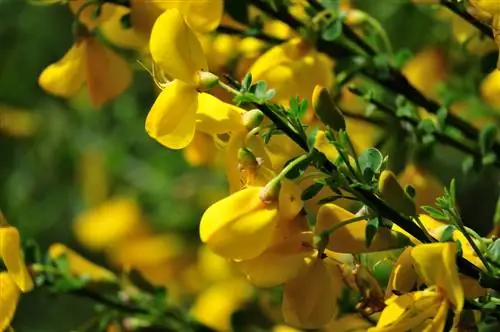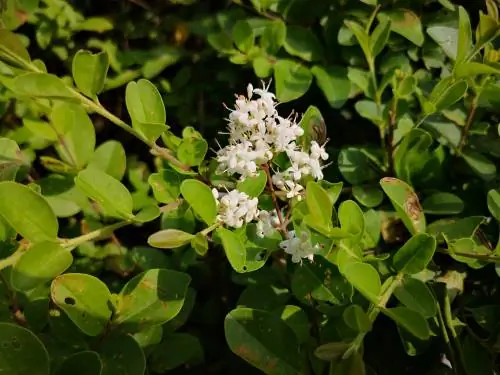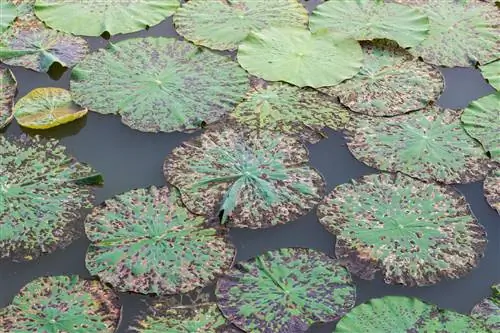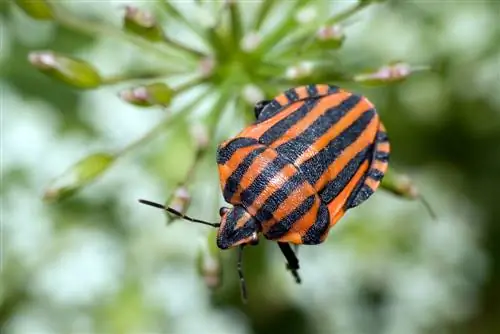- Author admin [email protected].
- Public 2023-12-16 16:46.
- Last modified 2025-01-23 11:22.
Broom and forsythia sometimes look very similar - but only if you look at the plants superficially. We want to take a closer look and explain to you how broom and forsythia essentially differ.

What are the differences between gorse and forsythia?
Broom and forsythia differ in plant family, height, flower color and location requirements. Broom belongs to the family of butterflies, usually has yellow flowers and grows in nutrient-poor locations. Forsythia is a mint family, always has yellow flowers and prefers nutrient-rich soil.
Do gorse and forsythia belong to the same family?
One of the differences between broom and forsythia is that theydo not belong to the same plant family. While gorse is a legume of the order Lepidoptera, forsythia is a member of the olive family and within that family of mints.
Do gorse and forsythia grow the same height?
Broom and forsythiacan, but do not have to, grow the same height With gorse, the growth height usually varies between half a meter and two meters. In contrast, forsythia usually reaches heights of up to four meters, so it tends to grow higher.
Do broom and forsythia always bloom yellow?
The flowers of the forsythia actually appearalways in yellow, albeit in different tones. Many people believe that broom bushes always produce yellow flowers - but this is a mistake.
Although most species of butterflies have yellow flowers, there are also varieties that are, for example,reddish-orange or even bicolored. This means that gorse shines in several colors.
There is another difference regarding the flowers: the forsythia has single flowers; In contrast, the flowers of broom are rarely solitary.
Do broom and forsythia grow in similar locations?
No, some of them actually have quiteconflicting demands. The gorse thrives easily in nutrient-poor locations; Forsythia, on the other hand, can only develop optimally in nutrient-rich soil.
After all the differences, I would like to mention one more thing in common: Both bushes feel most comfortable in the sun and prefer a moderately moist substrate.
Tip
The Thing with the Name Gorse
In addition to the actual plant genus broom (Genista), there are other genera and species that have the component “-gorse” in their name. Particularly worth mentioning here are the popular broom (Cytisus scoparius) and the rush broom (Spartium junceum). However, all variants have a similar look - which is probably why the name gorse is so common.






